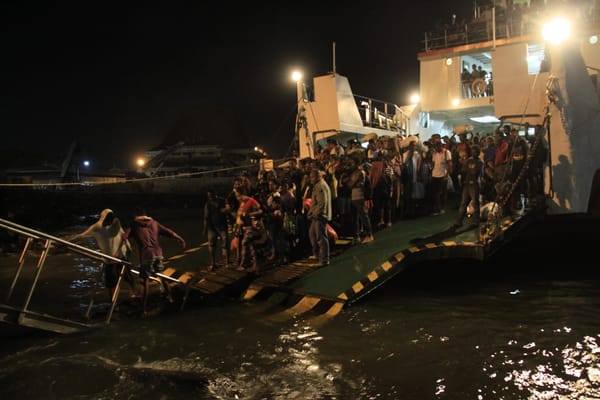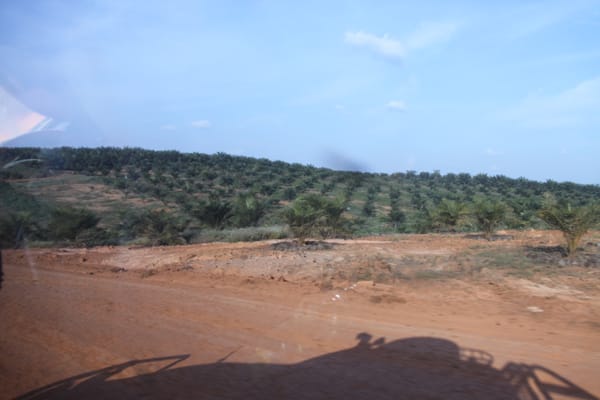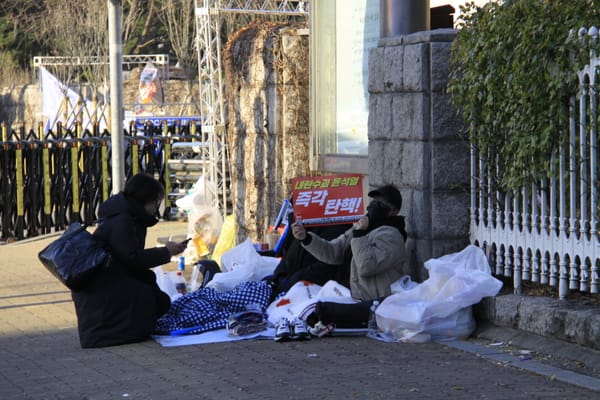Asia Undercovered Round-up: 10 May 2021
This issue: Crackdowns in China, a worrying new law in Thailand, and how graphic design can enable activism.
Undercovered Last Week
The Myanmar protests are, to most media, old news, disappearing from global headlines, despite an ongoing bloody struggle. In fact, its 60 years of struggle, in which women have been at the frontlines.
The pandemic tragedy in India has gotten widespread attention – though the coverage has been lacking depth. Here’s an undercovered but important story connected to the pandemic: it’s worsening child trafficking, reports Neeta Lal for Global Asia, in a piece that also looks at how migrant workers and wage laborers have been adversely impacted.
Migrant and domestic workers are, unfortunately, victims of abuse all across Asia, including in rich countries like Singapore. This visual feature for Kontinentalist uses data to show how uneven power and gender relations in the expose workers to exploitation, unregulated working norms, and limited legal representation (Liani MK).
More crackdowns by authorities in China. First, in Tibet, at least six prominent activists have been arrested across Serthar, a region in the east of the occupied country. It is likely they are being subject to torture in detention (ICT).
This comes alongside the 32nd birthday of the Panchen Lama, Tibet’s second most holy reincarnate after the Dala Lama, who was kidnapped in 1995. Remember this when anyone tells you that its only in the last few years that China has become oppressive – its worse, but it was never good for Tibetans and Uyghurs (Tibet Post).
Of course, nothing can compared to the horrors of what’s happening in Xinjiang. In this piece for Asia Unbound, Robert Barnett argues that its wrong to create a false equivalency between Tibet and Xinjiang, taking a long, historical perspective on the long occupation of both regions.
Meanwhile, in Thailand, a worrying new law – one likely to pass – would force NGOs to register under a new set a guidelines, and, it is feared, led to harassment of civil society leaders and inhibit their ability to campaign (Mong Palatino, Global Voices).
Geopolitics
There’s a minor conflict taking place along the contested border between Kyrgyzstan and Tajikistan sparked by a water dispute.To understand what’s happening, read this analysis from EurasiaNet that explores the human impacts of the conflict from both sides of the intermingled border.
Another less-known border dispute, one that, so far, hasn’t let to violence, is between Vietnam and Indonesia along the North Natuna Sea, near China’s nine-dash line. In this piece, Xuan Dung Phan argues in favor of an amicable solution and increased cooperation between the two nations, which will benefit the region (East Asia Forum).
Worth Watching: A collaboration between Japan, India and Australia called the Supply Chain Resilience Initiative is aimed at countering China’s control of key supply chains, including medical. It has already received a fierce reaction from Beijing (Su-Lin Tan, Catherine Wone, SCMP).
Solutions Stories
Enjoyed this piece by Jatra Palepati about how graphics and images can enable activism, in this case, the Save Kendeng Mountains campaign in Indonesia (Boell).
And in the Philippines, a province located near the overtourism hotspot of Boracay is balancing environmental protection with tourism, and so far, its working, reports Jun Aquirre for Mongabay.
Asia Undercovered: Weekly round-ups and in-depth analysis of the news, events, trends and people changing Asia, but not getting enough attention in the US media.



